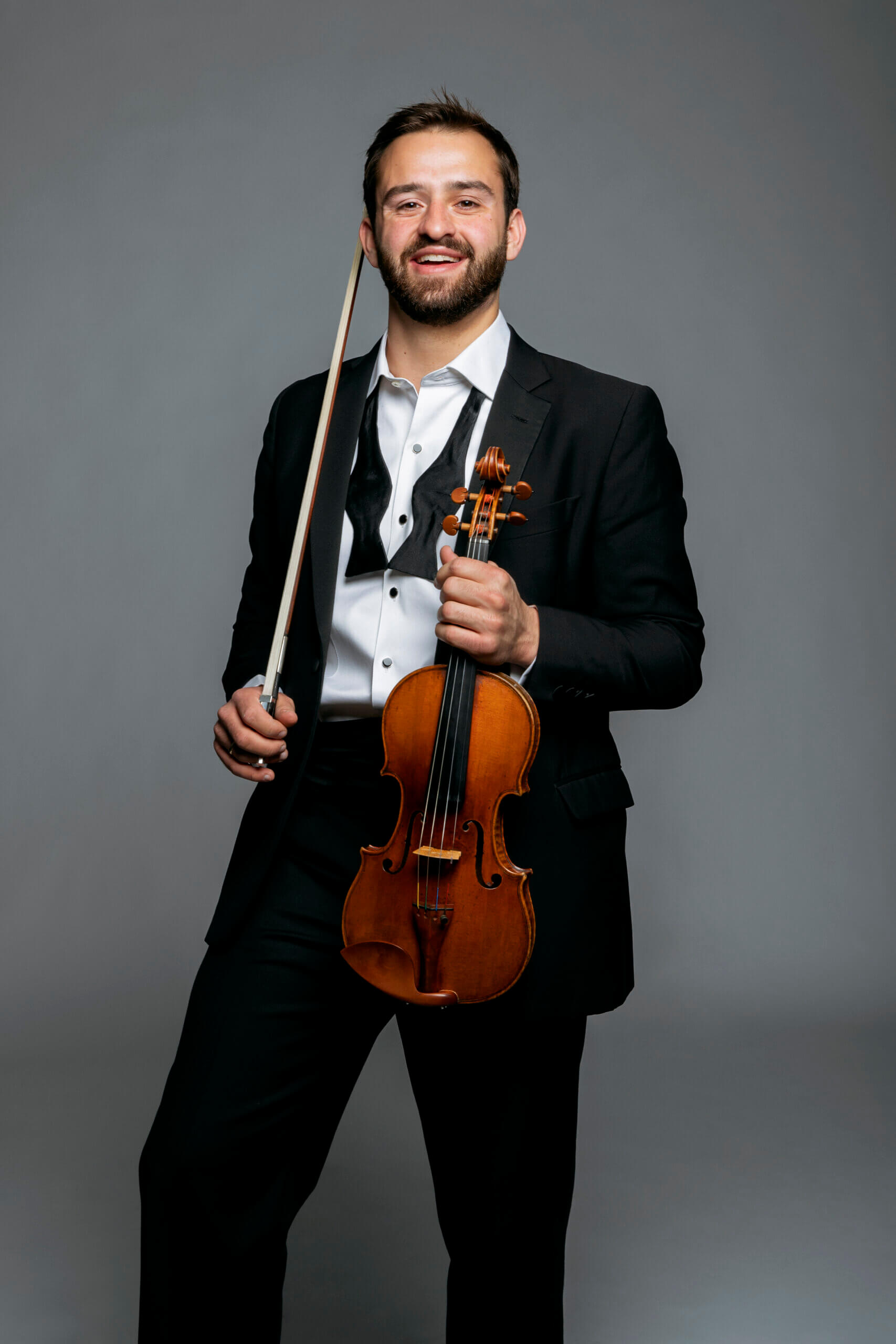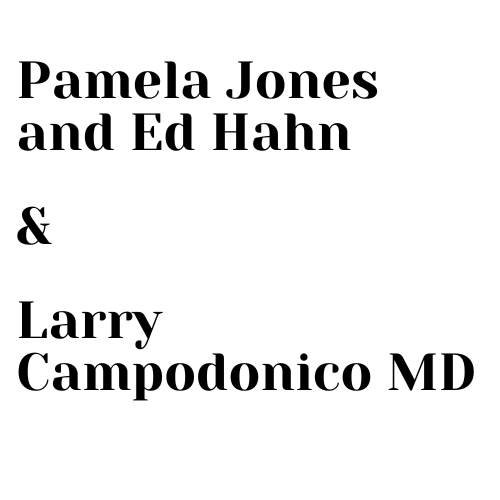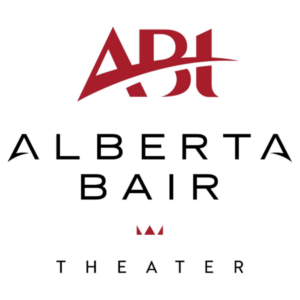Richard Strauss (1864–1949)
Also sprach Zarathustra (opening)
“Unless you want a pop score, I don’t see any reason not to avail yourself of the great orchestral music of the past and present.”—Stanley Kubrick
At the April 6, 1968 premiere, no one in the audience was more surprised than composer Alex North by the odd assortment of famous classical pieces underscoring Stanley Kubrick’s 2001: A Space Odyssey. Kubrick, who had commissioned North early in production to write the score, explained his post-production decision to use what had been temporary “guide” tracks: “However good our best film composers may be, they are not a Beethoven, a Mozart or a Brahms. Why use music which is less good when there is such a multitude of great orchestral music available from the past and from our own time?”
Max Steiner (1888–1971)
Casablanca: Suite
“I’ve always tried to subordinate myself to the picture. A lot of composers make the mistake of thinking of film as a concert platform on which they can show off. This is not the place. If you get too decorative, you lose your appeal to the emotions. My theory is that music should be felt rather than heard.”—Max Steiner
Arriving in the U.S. in 1914, Steiner settled in New York City and began orchestrating Broadway scores. When films began using sound in 1929, he moved to Hollywood and started his third career as a film composer with RKO Pictures and Warner Brothers.
The “dean of modern film music” borrowed from his European musical training with operas and Broadway stage music experience to pioneer the use of original composition as background scoring for films. One guiding principle was “Every character should have a theme,” and Steiner’s film scores are replete with leitmotifs—a memory device devised by Richard Wagner, which ties a specific musical theme with a character, place, or action.
1942’s Casablanca—one of the 300+ movies scores for which Steiner is credited with composing or orchestrating—seems to be the ultimate demonstration of Steiner’s use of “un-decorative,” yet bluntly effective, music in film. The opening credits sum up the story well ahead of the first image with a “middle eastern” melody, clarinets, rababs (Arab fiddles) and, of course, the French La Marseillaise.
Bernard Herrmann (1911–1975)
Psycho: Prelude
“Many people have inquired how I achieved the sound effects behind the murder scene. Violins did it! People laugh when they learn it’s just violins, and that’s interesting to me. It shows that people are so jaded that if you give them cold water, they wonder what kind of champagne it is. It’s just the strings doing something every violinist does all day long when he tunes up. The effect is as common as rocks.”—Bernard Herrmann
In the history of film and of film music, the names of Bernard Herrmann and Alfred Hitchcock are inextricably bound together. Their 11-year collaboration produced a run of masterpieces including The Man Who Knew Too Much, Vertigo, North by Northwest, and the controversial 1960 suspense classic, Psycho. Having post-production doubts, Hitchcock wanted to cut it down to an hour for television. Herrmann suggested he instead wait until after the holidays. Hitchcock acquiesced, his only instruction that Herrmann write nothing for the murder in the shower. “That must be without music.” Herrmann, of course, ignored those instructions and wrote his most famous bars of music for the now-iconic scene. Hitchcock surprisingly admitted that the composer’s instincts were right and showed his appreciation by almost doubling Herrmann’s salary to $34,501. (Ironically, similar defiance for the score of Torn Curtain resulted in Herrmann’s immediate removal from the film and the abrupt end to the pair’s relationship.)
Ennio Morricone (1928–2020)
The Good, The Bad, and the Ugly: Theme
“I also used these realistic sounds in a psychological way. With The Good, the Bad and the Ugly, I used animal sounds—as you say, the coyote sound—so the sound of the animal became the main theme of the movie.”—Ennio Morricone
Although Ennio Morricone’s first film scores were relatively undistinguished, he was hired by director—and former classmate—Sergio Leone for A Fistful of Dollars (1964) on the strength of some of his song arrangements. His score for that film, with its sparse arrangements, unorthodox instrumentation (bells, electric guitars, harmonicas, the distinctive twang of the mouth harp) and memorable tunes, revolutionized the way music would be used in Westerns, and it is hard to think of a post-Morricone Western score that doesn't in some way reflect his influence. Although his name will always be synonymous with the spaghetti Western, Morricone composed nearly 400 film scores in a wide range of genres—comedies, dramas, thrillers, horror films, romances, art movies, etc. His most memorable work includes Roland Joffé's The Mission (1986), Brian De Palma's The Untouchables (1987), Giuseppe Tornatore's Cinema Paradiso (1988), and another Leone film—tonight’s The Good, the Bad, and the Ugly (1966).
Erich Korngold (1897–1957)
Violin Concerto
“Music is music, whether it is for the stage, rostrum, or cinema.”—Erich Wolfgang Korngold
Born in a Jewish home, the second son of an eminent music critic, Erich Korngold was called a “musical genius” by Gustav Mahler, after playing his cantata Gold for him in 1906 at the tender age of 9. His ballet Der Schneemann (The Snowman), composed at age 11, became a sensation when performed at the Vienna Court Opera in 1910, including a command performance for Emperor Franz Josef. Korngold wrote his first orchestral score, the Schauspiel Overture, at age 14, and by the time he was 23 (in 1920), he had already reached the zenith of his fame as a composer of opera and concert music.
Max Reinhardt, with whom Korngold had collaborated on the operas Die Fledermaus and La belle Helene, asked the composer to come to Hollywood in 1934 to adapt Felix Mendelssohn’s incidental music for A Midsummer Night’s Dream to his film version of the play. Over the next four years, Korngold composed film scores that have been recognized ever since as classics of their kind.
In 1938, Korngold was conducting opera in Austria when he was asked by Warner Brothers to return to Hollywood and compose a score for their new (and very expensive) film, The Adventures of Robin Hood, starring Errol Flynn. He agreed and returned by ship. Shortly after arriving in California, the Anschluss took place and the condition of Jews in Austria became so perilous that Korngold stayed in the U.S. He would later say the film score of The Adventures of Robin Hood saved his life. It certainly helped make his second career, winning him the Academy Award for Best Original Score. In all, he wrote 21 film scores between 1935 and 1956, and is considered one of the founders of film music.
After WWII, Korngold gave up his work in the studios, returning to composing for the concert hall. The Violin Concerto, which marked his return, uses a number of themes from his film music throughout. The first movement, Moderato nobile, opens with a soaring violin solo which is a theme from Another Dawn (1937), running over two octaves in five notes. The second theme, taken from Juarez (1939), is more expansive and has more interplay with the orchestra. A solo clarinet introduces the principal theme of the second movement, Romance, quoted from Anthony Adverse (1936). After a contrasting middle section which seems to have been uniquely composed for the concert, the movie theme is revisited. The third movement, Allegro assai vivace, is the most demanding for the soloist. A staccato jig leads to a second theme, the title music for The Prince and the Pauper (1937), before the build up to a bring-the-house-down ending as only Korngold could write.
Korngold’s cinematic concerto was first performed by the Billings Symphony in September 2013 with violinist Rachel Lee.
Richard Wagner (1813–1883)
The Ride of the Valkyries
“Sound is your friend because sound is much cheaper than picture, but it has equal effect on the audience – in some ways, perhaps more effect because it does it in a very indirect way.”—Francis Ford Coppola
A piece of music can give a scene instant epic status, like Also sprach Zarathustra in 2001: A Space Odyssey or the screeching violins from the shower scene in Psycho. The use of Wagner’s The Ride of the Valkyries in the gruesome scene in Francis Ford Coppola’s 1979 film, Apocalypse Now, in which American helicopters bomb a small Vietnamese village of civilians and children is another of those iconic cinematic moments.
In a 2000 interview, the film’s sound designer, Walter Murch, explained the music’s selection: “There was a lot of discussion … that what made Vietnam different and unique was that it was the helicopter war. Helicopters occupied the same place in this war that the cavalry used to. The last time the cavalry was used was in World War I, which demonstrated that it didn’t work anymore. In World War II there was no cavalry. Then we got the cavalry back, with helicopters, to a certain extent in the Korean War, and really got it back in the Vietnam War. The helicopters were the horses of the sky—the whole “Valkyrie” idea came out of that discussion. And, of course, we thought of the four horsemen of the Apocalypse. The cavalry-horsemen-Apocalypse thing was bred in the bones of the project."
Béla Bartók (1881–1945)
Music for Strings, Percussion, and Celesta (3rd movement excerpt)
“Music is one of the most effective ways of preparing an audience and reinforcing points that you wish to impose on it. The correct use of music, and this includes the non-use of music, is one of the great weapons that the filmmaker has at his disposal.”—Stanley Kubrick
Written on commission in 1936 for Swiss conductor Paul Sacher and the Basel Chamber Orchestra, Music for Strings, Percussion and Celesta has been described as “a dark, eerie trip into the world of Bartók’s consciousness.” The work was one of several modern art pieces chosen by Stanley Kubrick to underscore his 1980 film adaptation of Stephen King’s The Shining. On its own, the work has been described as “a dark, eerie trip into the world of Bartók’s consciousness.” Through the remarkably precise synchronization of music editor Gordon Stainforth, the third movement, Adagio, becomes a subtle aural avatar for the evils of the Overlook Inn.
Danny Elfman (b. 1953)
The Nightmare Before Christmas: Theme and Suite
“I think that's one of the things that has always put me in kind of an odd niche. It's that all of my understanding of orchestral music is via film, not via classical music like it's supposed to be. To me it's the same, it doesn't make any difference.”—Danny Elfman
Despite his work on over 100 diverse film scores, composer Danny Elfman is best known for his chillingly brilliant score to 1993’s A Nightmare Before Christmas. And he’s okay with that: "For me, writing something in the spirit of Halloween is like Mother Teresa writing on charity and sacrifice. It's just second nature to me."
The film is based on producer Tim Burton’s poem reimagining of the classic “The Night Before Christmas.” When production began, the script was barely in skeletal form. Instead, “[Burton] would come over and tell me a little bit of the story and show me some drawings, and I’d go write a song and three days later he’d listen. We were completely on our own and there wasn’t a script yet, so we just started telling the story in songs.” While most animated musicals then—and now—have a pop or Broadway feel, Elfman drew inspiration “from Kurt Weill to Gilbert and Sullivan to early Rodgers and Hammerstein” to “try to find a kind of timeless place, that’s not contemporary.”
Howard Shore (b. 1946)
Symphonic Suite from The Lord of the Rings: The Fellowship of the Ring
“You can find the whole world of a film in one instrument, or you can find a world of sound in the orchestra.”—Howard Shore
For those in the business, Canadian composer Howard Shore was considered a surprising choice for the Lord of the Rings films. According to musicologist Doug Adams: “If you think of the composers that people were predicting would get it, we all kind of pictured this late Romantic—late 1800s, early 1900s—type of sound, and what Howard had done [until then] was something so different. It was incredibly compelling.”
The original co-creator and musical director of Saturday Night Live surprised sceptics by delivering a now-iconic score for the first installment. Continuing in the footsteps of Richard Wagner and Max Steiner, Shore structured the music around dozens of leitmotifs which represent Middle-earth’s cultures, locations, characters, and even objects (the One Ring has four distinct themes). Throughout the trilogy, these leitmotifs develop, expand, and overlap as the hobbits encounter new friends and foes on their perilous quest.
Tan Dun (b. 1957)
Crouching Tiger, Hidden Dragon: Eternal Vow
“I am a composer doing both [classical and film music], and I don't know what other people's experiences are, but I think honestly that there is no difference. … All the people involved are humans and artists, and there's a soul that you need to reach. No matter if you're doing a symphony or a film—they all have the same goal.”—Tan Dun
Ranked the most-watched foreign language film—more than double its closest rival, actor/director Roberto Benigni’s Life Is Beautiful—director Ang Lee’s film, Crouching Tiger/Hidden Dragon (2000), introduced a generation in the West to the wuxia (martial arts) films that had dominated Hong Kong from the ‘70s to early ‘90s. The film is the result of a close, four-year collaboration between friends Lee, cellist Yo Yo Ma, and composer Tan Dun.
A significant part of the film takes place in the Western Chinese desert regions where Tan was sent as a boy during the Cultural Revolution to work in the rice fields of the Huangjin commune, and the local music he learned to play on traditional Chinese string instruments also finds its way into the score.
James Horner (1953–2015)
Avatar: Suite
“My job—and it's something I discuss with Jim [James Cameron] all the time—is to make sure at every turn of the film it's something the audience can feel with their heart. When we lose a character, when somebody wins, when somebody loses, when someone disappears—at all times I'm keeping track, constantly, of what the heart is supposed to be feeling. That is my primary role.”—James Horner
“The [2009] final collaboration between Horner and director James Cameron acted as a summation of sorts of the composer’s career. Horner’s infamous tendency to self-plagiarize his own material is rendered on an epic scale here, with bits and pieces of Titanic [1997], The Spitfire Grill [1996], Glory [1989] and Apocalypto [2006] blended into one sweeping package.
“However, perhaps more than anything else, Avatar embodies Horner’s key philosophy that film composition was akin to painting, motifs and textures borrowed and utilized in new contexts to create a sense of one great canvas. It’s a controversial approach but one cannot deny the astonishing level of musical nuance and detail hidden within Avatar‘s musical fabric.”—U.K.-based entertainment website, Den of Geek







